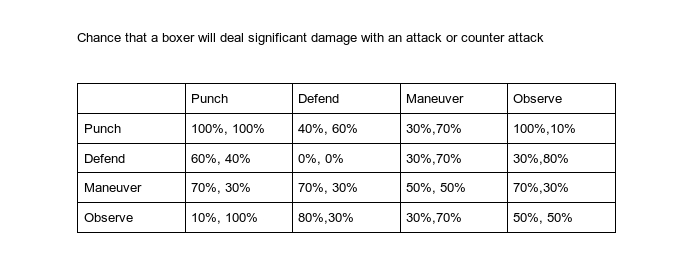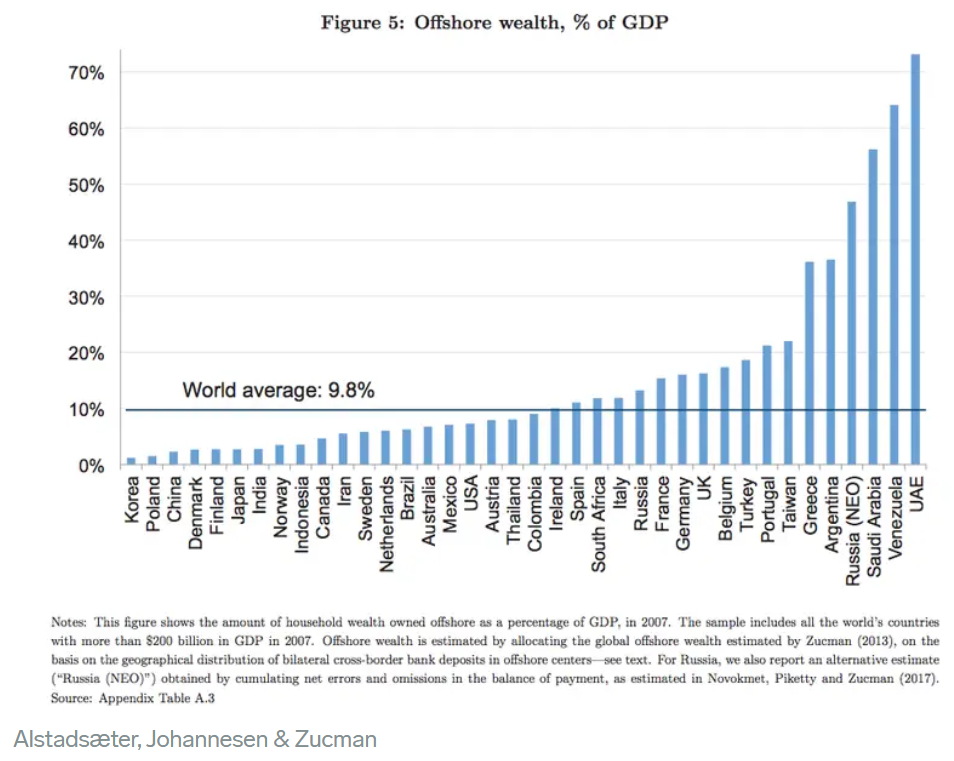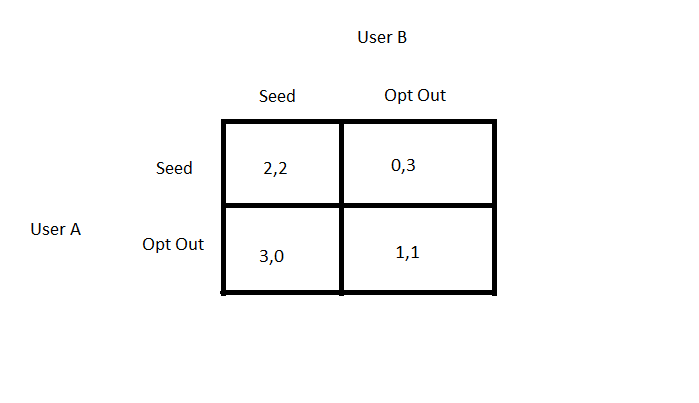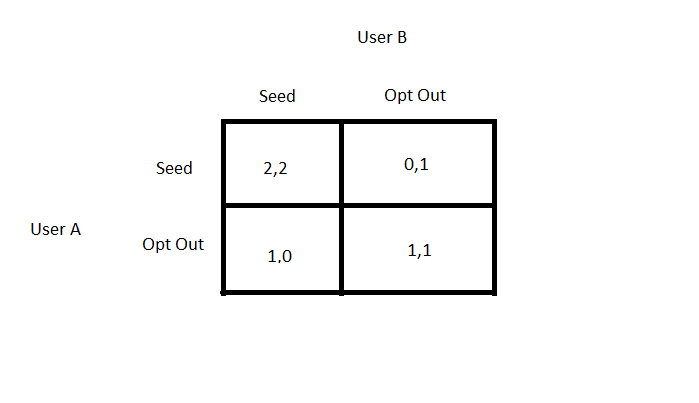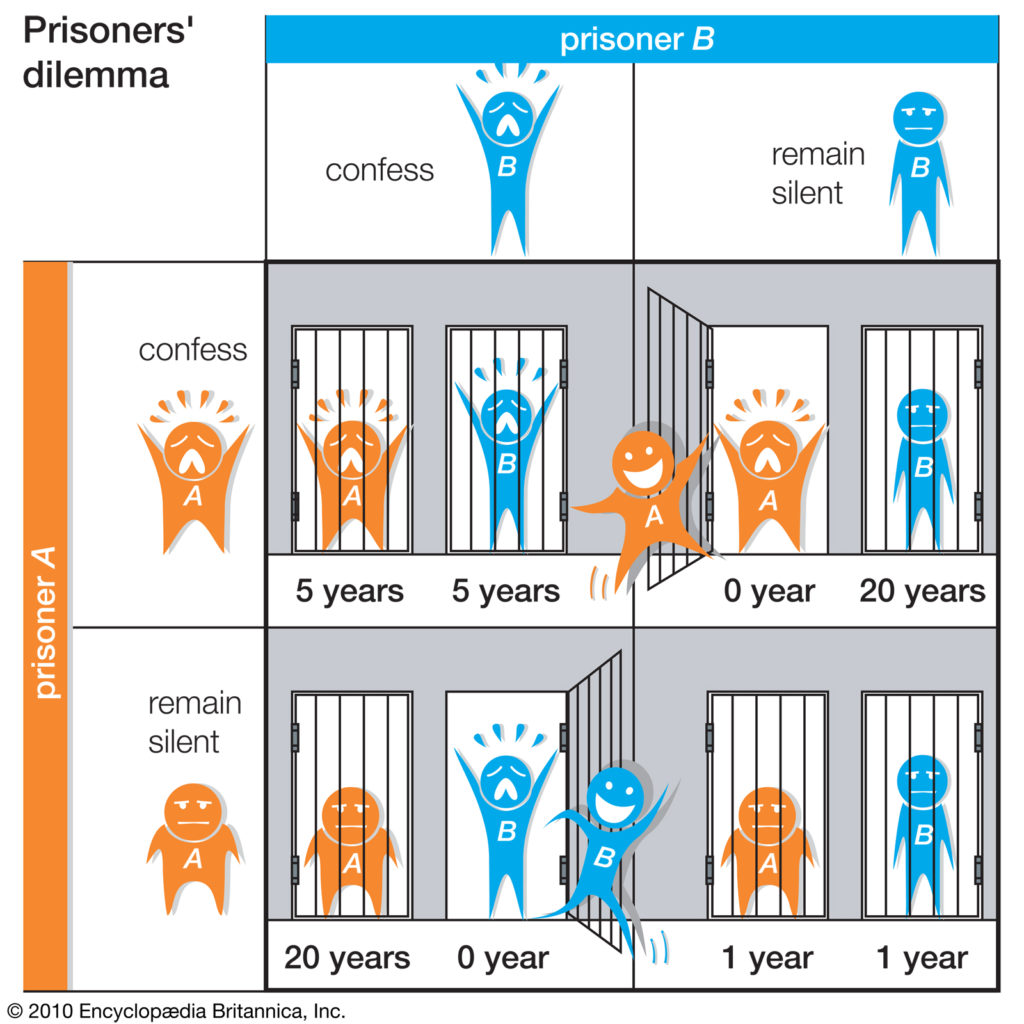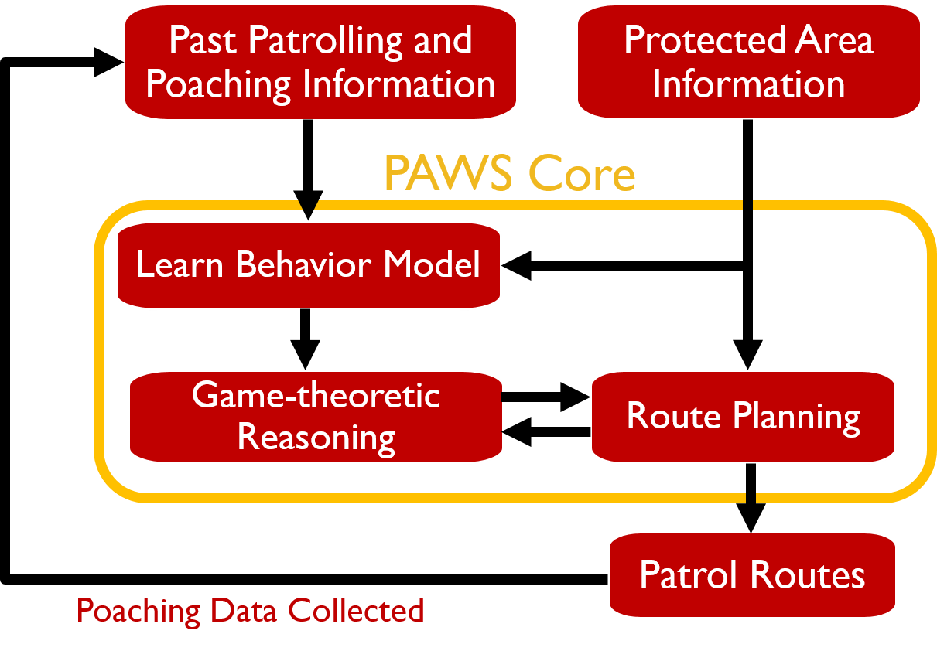A business cartel is formed when more than one competing businesses in a market decide to coordinate with the goal of fixing prices to be higher than normal so that consumers must pay more for their products; this typically occurs in an oligopoly. A successful cartel is able to act almost essentially as a monopoly in the market.
Let me define a few terms first:
Monopoly – A market with pretty much only one producer and is thus able to dominate and set prices (think of the LCBO)
Oligopoly – A market with only a few, but big players (think of the Canadian banks)
As you can see just by this definition, a lot of game theory is involved in the process of forming a cartel. Do we compete? Do we collude? If we decide to collude, how do we know the other won’t cheat? Aside from regulations, this paranoia that the other business may decide to cheat is also what holds competing businesses back from colluding, even though they would both benefit much more by colluding.
Let’s take a look at an example, suppose we have business A and business B competing with each other. For this model, we will also have to assume that the product or service they are offering is exactly the same and that they are the only two businesses in the market. At the moment, these businesses are making a profit of 5 million dollars per year each. If they decide to collude, they can hike up the prices and will both make 10 million dollars per year each. However, any one of the businesses could decide to cheat and lower their price or produce more. Now, more consumers will be buying their product instead and they make 12 million dollars per year while the other business only makes 3 million dollars per year. The payoff matrix looks like this.

The model is simple and requires some unrealistic assumptions, but it also reflects what could happen in reality to some extent. If the businesses colluded, they would both make a total of 20 million dollars per year, making the businesses very happy. While if they both competed, they would only make a total of 10 million dollars per year, making the consumers happier. In the middle, we can see if one business cheats while the other collaborates, the one that cheated makes a huge amount of profit compared to the other. As you can see, this looks like the classic prisoner’s dilemma problem and both business’ best response is to cheat no matter what the other business decides to do. Thus, the single Nash equilibrium of this problem is for both businesses to cheat. Overall, game theory, which is part of the course content, gives us some insight as to why businesses would rather compete than collude (other than the fact that colluding is illegal).
Reference
Understanding a Cartel as a Prisoner’s Dilemma. (n.d.). Retrieved November 12, 2019, from http://college.cengage.com/economics/0538797274_mceachern/student/transcripts/8432.pdf.

